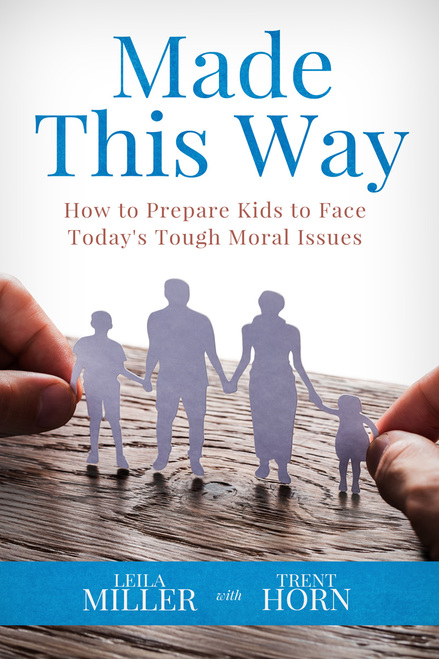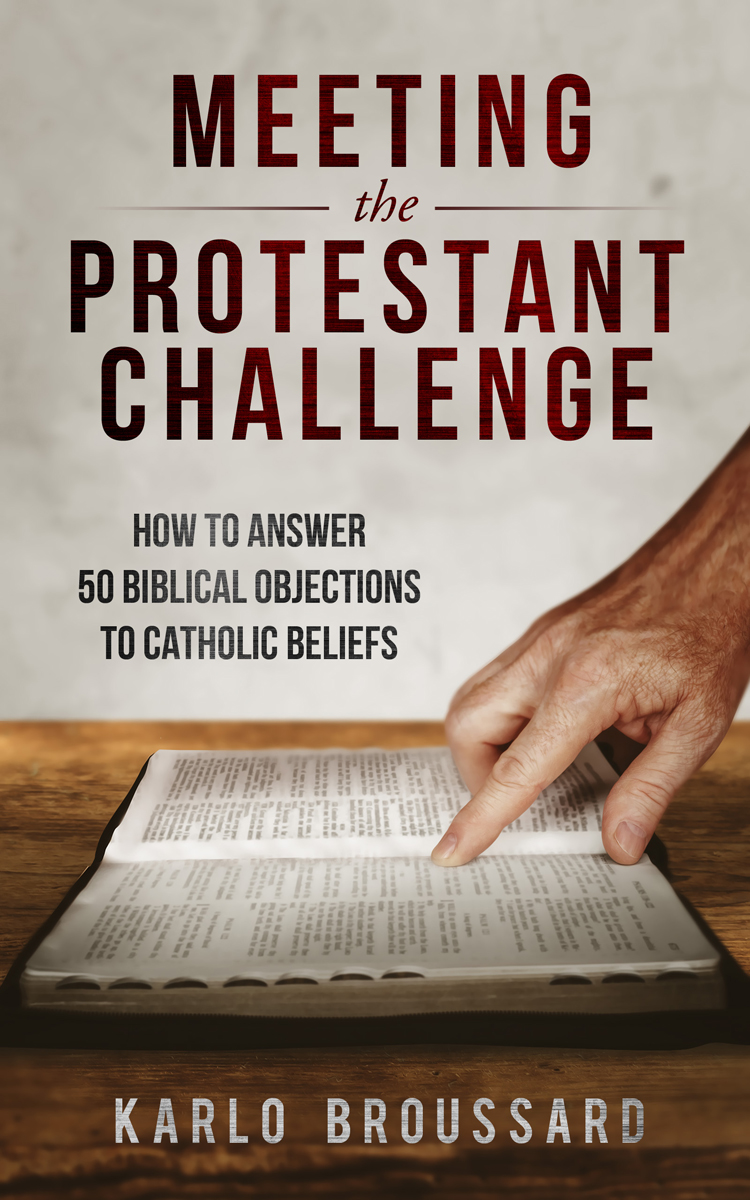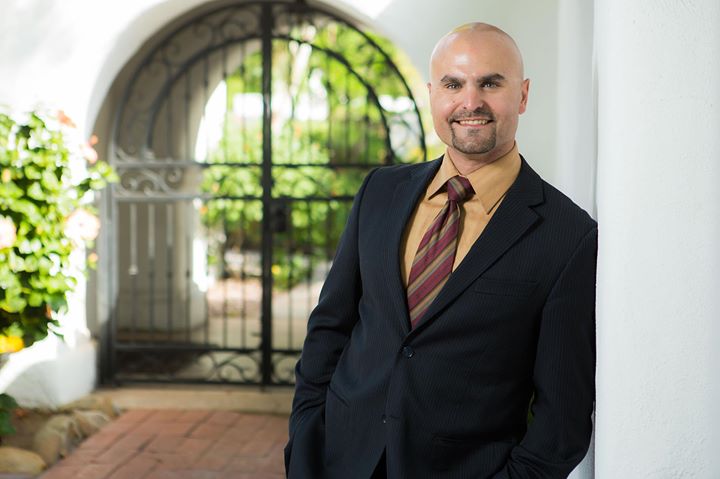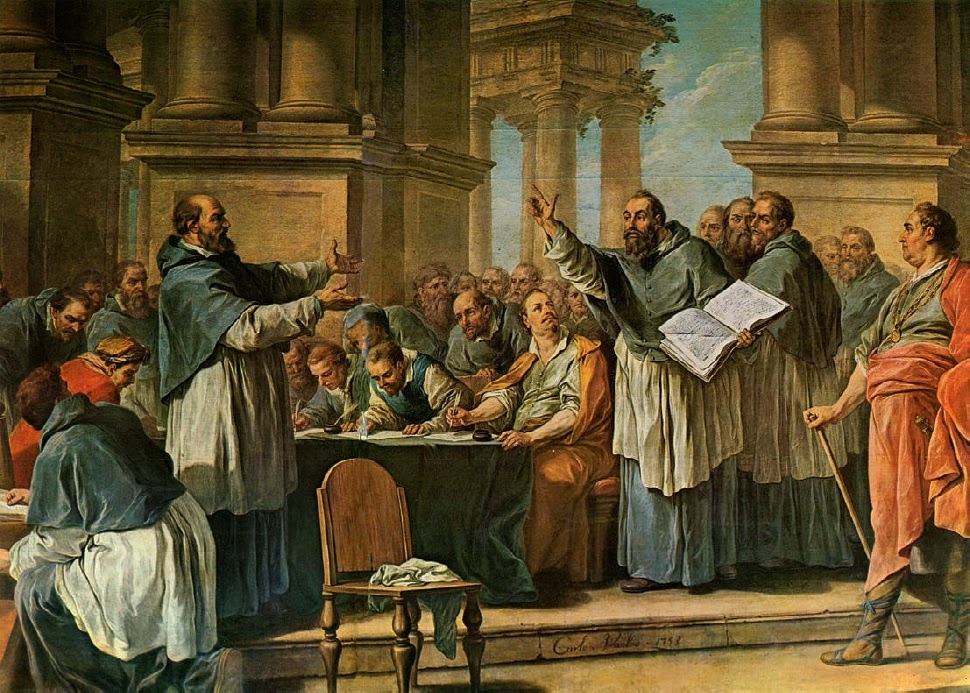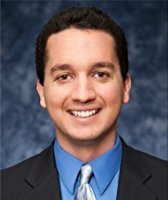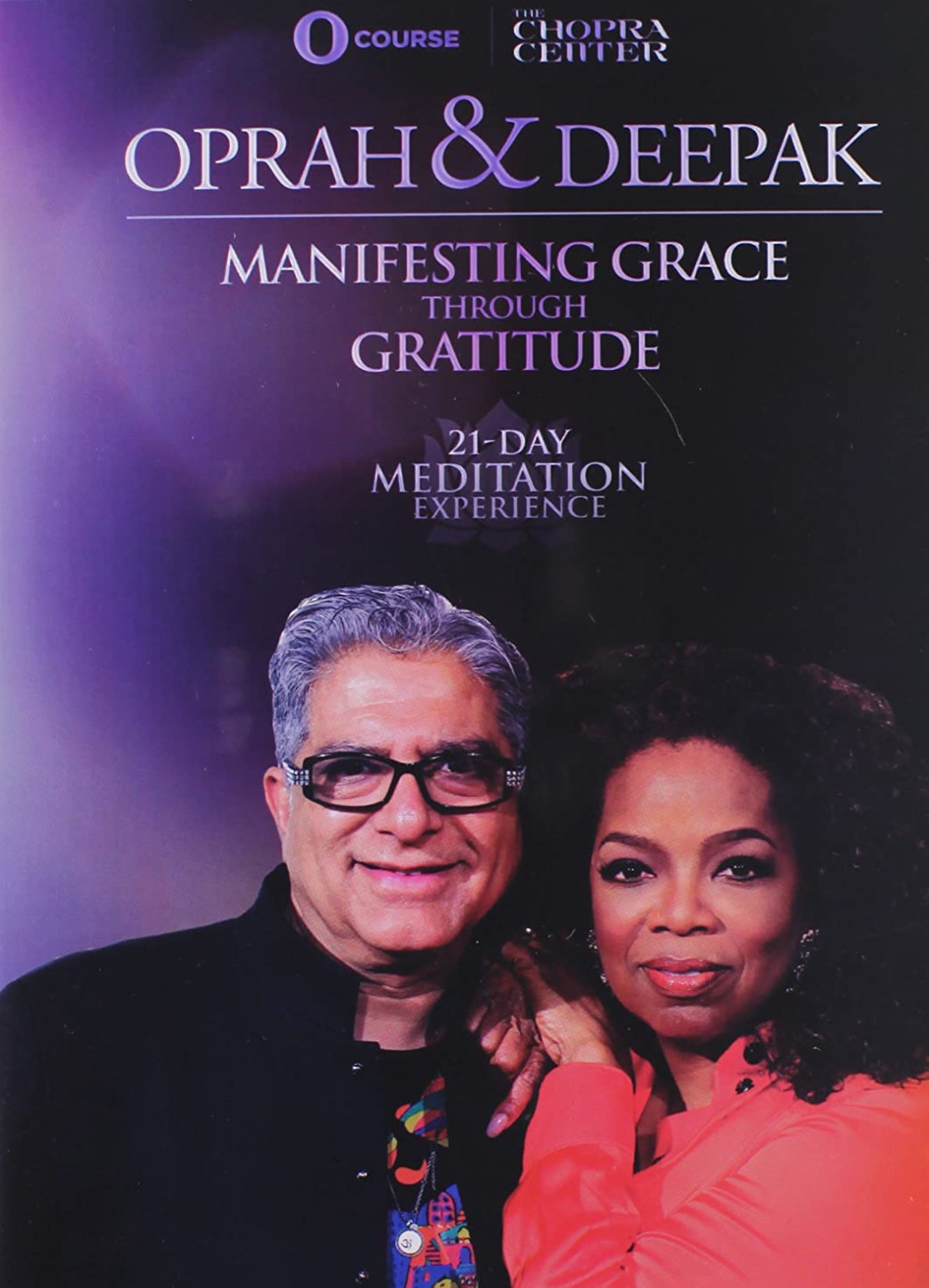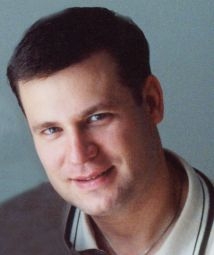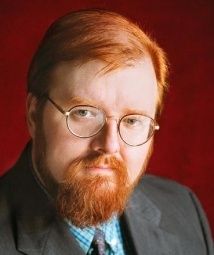
-temple in Salt Lake City, Utah, which I have visited.
I worked for Mormons during high school and college summers. I had lovely discussions with them. Received my “Book of Mormon” and “Pearl of Great Price” from them back when they gave out physical books instead of a card with a link on it. Visited their stake. Lovely, lovely people.

-by Patrick Madrid
“As man now is, God once was. As God now is, man may become.” This aphorism, coined in 1837 by Mormon apostle Lorenzo Snow, neatly summarizes the Church of Jesus Christ of Latter-day Saints’ doctrines relating to the nature of God and the nature of man.
The words give hope to the Mormon, promising him divinity in the next life and the rule over his own universe, which, with his wives, he will people, just as God peopled this universe with his children after having progressed to godhood.
The overarching principle, expressed so compactly by Snow, is known to Mormons as “eternal progression” and is a synthesis of several interlocking doctrines:
1. God is not eternally divine but was once a mortal man, living on a planet other than Earth, who was judged worthy to be divinized.
2. God, although now divinized, is merely an exalted version of his former self – a glorified man.
3. God is mutable, eternally evolving into a more exalted being.
4. God has a god above him, who has a god above him, who has a god above him, ad infinitum. There are countless gods.
These doctrines were not originally part of Mormon theology. In fact, Mormonism’s teachings on the nature of God metamorphosed dramatically over time, much like the continuously evolving god whose nature they supposedly explain.
Joseph Smith, Jr., who founded Mormonism in 1830, claimed God chose him to be the prophet of the new dispensation, charging him with restoring the true gospel, which had been lost in a complete apostasy of the Church in the second or third century. Among the things that needed restoring, Smith said in The King Follett Discourse, was the proper understanding of God’s nature:
“I will prove that the world is wrong, by showing what God is. I am going to inquire after God; for I want you all to know him and to be familiar with him; and if I am bringing you to a knowledge of him, all persecutions against me ought to cease. You will then know that I am his servant; for I speak as one having authority. I will go back to the beginning before the world was, to show what kind of being God is. What sort of a being was God in the beginning? Open your ears and hear, all ye ends of the earth, for I am going to prove it to you by the Bible.” 1
In spite of his teasing promise of biblical corroboration for eternal progression, Smith finished the Discourse without mentioning a single verse in support of it. He did, though, elaborate on his ideas about God’s nature: “God himself was once a man as we are now, and is an exalted man, and sits enthroned in yonder heavens! That is the great secret.”
It’s also the great dilemma of Mormon theology: If God was once an ordinary man who evolved into exaltation, or godhood, then he is merely a contingent being, reliant upon a god above himself both for his own making (Mormons believe God cannot create anything ex nihilo, not having the power to do so, but merely “creates” or fashions from pre-existent matter 2 and for approbation. In other words, God couldn’t have become a god unless the god above him had judged him worthy to advance.
As Mormon theologian Gordon Allred explains, “Service is, in fact, the fundamental purpose of God’s existence. ‘God himself,’ said Joseph Smith, ‘finding he was in the midst of spirits and glory, because he was more intelligent, saw proper to institute laws whereby the rest could have a privilege to advance like himself’ ” (History of the Church, 6:312)….Here indeed is a divine being with whom one may identify, in whom he may repose complete trust, to whom he may pray with full faith and conviction. Consider the empathy with which God the Father must view our own struggles, for he journeyed the entire course, knows every stone, pitfall, and obstacle. He has groped his way in storm and darkness, swum the rivers, traversed the barren desert and the teeming wilderness, found at times his place of respite, and surmounted the final peaks into sunlight [godhood].3
Such a description more aptly fits Indiana Jones or the grizzled hero of a Louis L’ Amour novel, but not the sovereign God of the universe.
Smith continued in his Discourse:
“My Father worked out his salvation with fear and trembling, and I must do the same; and when I get my kingdom, I shall present it to my Father, so that he may obtain kingdom upon kingdom, and it will exalt him in glory. He will then take a higher exaltation, and I will take his place, and thereby become exalted myself.”
Here is the problem. Under the Mormon system, our God and all the gods who inhabit the universe are merely contingent beings, relying on something else for their own existence. As the late Mormon apostle and theologian Bruce McConkie explained, “The Father, who shall continue to all eternity as the God of exalted beings, is a God of Gods. Further, as the Prophet [Joseph Smith] also taught, there is ‘a God above the Father of our Lord Jesus Christ…. If Jesus Christ was the Son of God, and John discovered that God the Father of Jesus Christ had a father, you may suppose that he had a father also. Where was there ever a son without a father…[I]f Jesus had a father, can we not believe that he had a father also?’ (Teachings of Joseph Smith, 370, 373) In this way, both the Father and the Son, as also all exalted beings, are now or in due course will become Gods of Gods.”4
This amounts to infinite regress, an endless series of contingent beings, something manifestly impossible; There cannot be an infinite succession of finite creatures. Someone had to start the ball rolling – someone had to have been “the first god” from whom all the other gods got their start.
Mormon theologians attempt to stave off objections by saying, “We don’t really need to know how it all got started. What is important is that we worship the God of this planet. We’ll figure out the rest when we get to heaven.” The truth is that Mormon theologians have been unable to solve this theological conundrum; they have no idea who started everything.5
The record shows that as time passed Smith’s theology changed. Sometimes it changed in order to accommodate his personal circumstances and needs (e.g. polygamy; see Doctrine & Covenants 132), sometimes in order to incorporate elements of other religious systems he found appealing (e.g. the introduction of clandestine temple rituals nearly identical to those of Masonry; these were unknown in Mormonism before Smith became a Mason in October 1841) 6 , and sometimes simply to keep complications arising from previous revelations from getting out of control.
When Smith organized his church in 1830, eternal progression was not in his theological repertoire, at least not in any explicit form. The best evidence of this is the Book of Mormon, published in 1830. Besides being a mother lode of contradictions, historical anachronisms, and direct plagiarisms (especially of the King James Bible), the Book of Mormon reveals that Smith’s theology metamorphosed.
In his early days Smith’s theories about God were closer to orthodox Christianity than to the polytheistic strain of theology he was to expounded in later years. He promulgated a modalistic monotheism similar to the Monarchian heresy fostered by Praxeas around A.D. 200. Both Modalism and Monarchianism, in an attempt to reconcile the seeming contradiction between the Trinity and monotheism, maintained that in God there are no distinct persons, the Father, the Son, and the Holy Spirit being simply modes or manifestations of a single divine Person.7
The Book of Mormon displays Smith’s monarchian-monotheism. One example is found in the exchange between Zeezrom and Amulek in Alma 11: 26-30, 32-33, 35, 38-39, 44, where we’re assured that there’s only one God, the “Son of God [who is] the very eternal Father,” through whom come all things in “heaven and earth, and all things which in them, are; he is the beginning and the end, the first and the last”; all men will be judged by “Christ the Son, and God the Father, and the Holy Spirit, which is one eternal God.”
Mormons are also inconvenienced by Mosiah 15:1-5: “God himself shall come down among the children of men, and shall redeem his people. And because he dwelleth in flesh he shall be called the Son of God, and having subjected the flesh to the will of the Father, being the Father and the Son – the Father, because he was conceived by the power of God; and the Son, because of the flesh, thus becoming the Father and the Son. And they are one God, yea, the very eternal Father of heaven and of earth. And thus the flesh becoming subject to the Spirit, or the Son to the Father, being one God.” (Cf. 2 Nephi 31:21; Mormon 9:11-12).
The doctrine of eternal progression undercuts this earlier Mormon doctrine of the unity of God. Smith came to hold that “[I]t is necessary that we should understand the character and being of God and how he came to be so; for I am going to tell you how God came to be God. We have imagined and supposed that God was God from all eternity. I will refute the idea, and take away the veil, so that you may see….These are incomprehensible ideas to some, but they are simple. If the veil were rent today, and the great God who holds this world in its orbit, and who upholds all the worlds and all things by his power, was to make himself visible – I say, if you were to see him today, you would see him like a man in form – like yourselves in all the person, image, and very form as a man; for Adam was created in the very fashion; image and likeness of God, and received instruction from, and walked, talked, and conversed with him, as one man talks and communes with another.”8
What’s incomprehensible is that no one in the audience jumped to his feet and asked Smith how he could reconcile his new theology of a changeable God with his earlier teaching found in the Book of Mormon:
“For do we not read that God is the same yesterday, today and forever, and in him there is no variableness neither shadow of changing? And now, if ye have imagined up unto yourselves a god who doth vary, and in whom there is shadow of changing, then ye have imagined up unto yourselves a god who is not a god of miracles….And if there were miracles wrought then, why [do some say] God ceased to be a God of miracles, and yet be an unchangeable being? And behold, I say unto you he changeth not; if so, he would cease to be God; and he ceaseth not to be God” (Mormon 9:910,19).
THE main message of the Old Testament is monotheism. This doctrine was distilled in Israel’s creed, the Shema, which begins, “Hear, 0 Israel, the Lord your God, the Lord is one God!” (Deut. 6:4), and the Jews were willing to go to war to defend this belief.
Jesus exhorted the Jews to remain faithful to the one true God (Mark 12:29). They took Jesus seriously and wanted to stone him for calling himself God: “Amen, amen, I say to you, before Abraham came to be; I AM” (John 8:58). When Jesus said, “The Father and I are one,” the Jews “picked up rocks to stone him saying, ‘We are not stoning you for a good work but for blasphemy. You, a man, are making yourself God’ ” (John 10:30-33).
The Book of Isaiah contains a series of verses devastating to the Mormon notion of the plurality of Gods:
“To whom can you liken God? With what equal can you confront him?” (40:18); “To whom can you liken me as an equal? says the Holy One” (40:25); “Do you not know, or have you not heard? The Lord is the eternal God, creator of the ends of the earth. He does not grow weary, and his knowledge is beyond scrutiny” (40:28); “Before me no god was formed, and after me there shall be none. It is I, I the Lord; there is no savior but me….I am God, yes, from eternity I am he” (43:10, 12); “Thus says the Lord, Israel’s King and redeemer, the Lord of hosts: I am the first and I am the last. There is no god but me. Who is like me? Let him stand up and speak; make it evident, and confront me with it” (44:6-7); “I am the Lord and there is no other, there is no God besides me…toward the rising and the setting of the sun men may know that there is none besides me. I am the Lord and there is no other” (45:5-6).
The standard Mormon rejoinder is to say, “I believe that. But those passages merely mean there’s only one God for this planet, and we are to worship only him.” But this eisegesis, however satisfying it may be to Mormons, is contradicted by Mormon teaching itself.
Mormons believe that God the Father, Jesus Christ, and the Holy Spirit are three separate gods, the Father and the Son having bodies of flesh and bone and the Holy Spirit being pure spirit.9 This heavenly triumvirate is not one in essence, but only in purpose and function. All three “agree” with each other on everything and operate accordingly in a celestial partnership, administering the affairs of men. It is precisely here that a thorny problem develops for the Mormon when he tries to reconcile the emphatically monotheistic Isaiah passages with Mormonism’s teaching of the plurality of gods.
Joseph Smith taught, ostensibly by direct revelation of God, that one must worship God the Father (D&C 18:40). This is reiterated in another Mormon scripture, the Pearl of Great Price: “Worship God, for him only shalt thou serve…. [C]all upon God in the name of mine only begotten [Jesus] and worship me…. [Moses said] ‘Depart from me, Satan, for this one God only worship, which is the God of glory’” (Moses 1:15-20). The problem for Mormons is the Book of Mormon says one must also worship Jesus Christ, a separate god (3 Nephi 11:17,2 Nephi 25:29).
The Mormon Church teaches that two of the three gods running this planet should be worshiped (the Holy Spirit gets gypped under this plan), with no explanation why the third shouldn’t receive worship. Even with limiting worship to two deities, Mormonism still conflicts with the prohibition against false gods in Exodus 20:3 (God didn’t say, “Thou shalt have no other gods besides us”) and with the Isaiah verses cited above.
Mormons can’t have it both ways. When the Bible contradicts a Mormon doctrine they’ll attempt to evade the problem by invoking their Eighth Article of Faith; they believe the Bible is correct “so far as it is correctly translated,” thus dismissing a monotheistic passage as incorrectly rendered. Yet when they want to press a point, they selectively quote from the very Bible they regard as essentially untrustworthy (cf. 1 Nephi 13:28-29).
Mormon apologists have labored unsuccessfully to provide a coherent theology of the nature of God. Drawing on biblical and Book of Mormon passages and on supposed revelations from God to Joseph Smith and subsequent prophets, the Mormon Church has produced a body of doctrine which fails the rigors of philosophical and theological investigation.10
The majority of those arguing against Mormonism are Protestants. They may indeed refute the errors of Mormonism, but they supplant them with (lesser) errors of their own. They stumble in their efforts to defend the Trinity by arguing almost exclusively from the stunted perspective of sola scriptura.11 Their arguments are useful but insufficient.
Mormons, who have lost nearly all touch with the one true God, have succumbed unwittingly to the wiles of the first Liar, who promised godhood to those foolish enough to g.asp at it. They have no idea how intellectually, theologically, and historically tenuous their position is. Perhaps the best advice one can give them (other than suggesting they study the Catholic Church’s teachings on the Trinity) is to urge them to heed the warning Joseph Smith gave in The King Follett Discourse: “I advise all of you to be careful what you do, or you may by and by find out that you have been deceived.”
Endnotes
1.Joseph Smith, Jr., The King Follett Discourse, ed. B. H. Roberts (Salt Lake City: Magazine Printing Company, 1963), 4-5. Smith’s Discourse, a rambling sermon preached at the funeral of King Follett in April, 1844 – two months before he himself perished at the hands of anti-Mormons in Carthage, Illinois – is perhaps the most striking example of the evolution of Mormon theology. It represents the full flowering of Smith’s transition from the monarchian-monotheism presented in the Book of Mormon to polytheism and eternal progression. For a commentary on the Discourse from the Mormon perspective, see B. H. Robert’s explanatory footnotes in chapter eleven of God the Father, edited by Gordon Allred (Salt Lake City: Deseret, 1979),222- 242.
2 “The Scriptures plainly and repeatedly affirm that God is the creator of the earth and the heavens and all things that in them are. In the sense so expressed, the Creator is an organizer. God created the earth as an organized sphere; but he certainly did not create, in the sense of bringing into primal existence, the ultimate elements of the materials of which the earth consists, for ‘the elements are eternal’ (D&C 93:29)” (“The Father and the Son,” an official statement issued in 1916 by the First Presidency and the Council of the Twelve, ibid., 149). Joseph Smith went further in illustrating the smallness of his god: “The mind or the intelligence which man possesses is co-equal with God himself. . . . I might with boldness proclaim from the housetops that God never had the power to create the spirit of man at all.” Discourse.
3 Ibid., 17.
4 Mormon Doctrine (Salt Lake: Bookcraft, 1966), 322-323.
5 Mormons might equate their response with the Christian statement that the Trinity is a “mystery,” but the two are not really alike. The idea of eternal progression (and therefore of infinite regress) can in no way account for the existence of a series of uncaused beings. The doctrine of the Trinity,on the other hand, is translogical, meaning that it transcends our human ability to understand it completely, yet it is consistently logical to the extent it can be g.asped by the human mind. A rare, written debate on the question of a plurality of gods, held between a Catholic priest and a Mormon general authority, is found in B. H. Roberts, Mormon Doctrine of Deity (Bountiful, Utah: Horizon, 1903),44-169.
6 For the historical and liturgical connections between Masonry and Mormonism from the Mormon perspective, see Ivan J. Barrett, Joseph Smith and the Restoration (Provo: Brigham Young University Press, 1973),509-520 and John A. Widtsoe, Evidences and Reconciliations (Salt Lake City: Bookcraft, 1987),357- 359. For a critical discussion from the anti-Mormon perspective, see Fawn Brodie, No Man Knows My History (New York: Knopf, 1979),279-283 and Jerald and Sandra Tanner, The Changing World of Mormonism (Chicago: Moody, 1980),38-66,173-177.
7 For concise descriptions and historical overviews of Monarchianism, Modalism, and related trinitarian heresies, see Michael O’Carroll, Trinitas: A Theological Encyclopedia of the Holy Trinity(Wilmington:
Michael Glazier, 1987), 162-163 and Ludwig Ott, Fundamentals of Catholic Dogma (Rockford: TAN Books and Publishing, 1960),50-51.
8 Discourse.
9 “I have always declared God to be a distinct personage, Jesus Christ a separate and distinct personage from God the Father, and that the Holy Ghost was a distinct personage and a spirit; and these three constitute three distinct personages and three distinct gods” (Teachings of Joseph Smith, 370).
10 Gordon Allred’s God the Father is an example of the amateurish level of Mormon theology.
11 See my negative book review of Protestant author Robert M. Bowman’s Why You Should Believe in the Trinity, This Rock, February 1990, 30-32. For many Evangelical apologists the problem of sola scriptura is compounded by their ignorance of Church history and of the development of doctrines. ”
Love & truth,
Matthew


